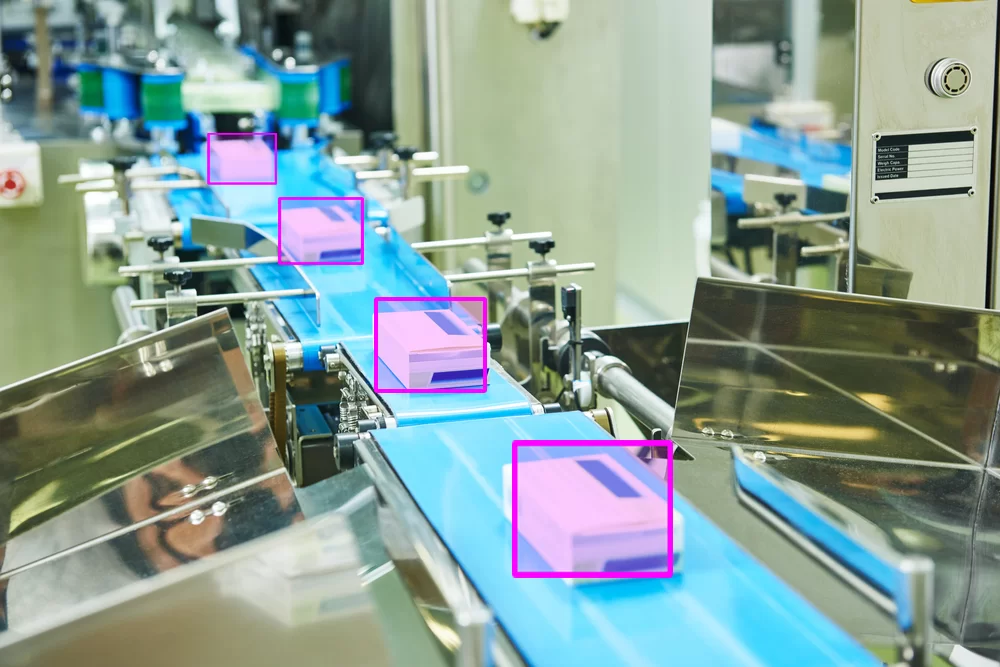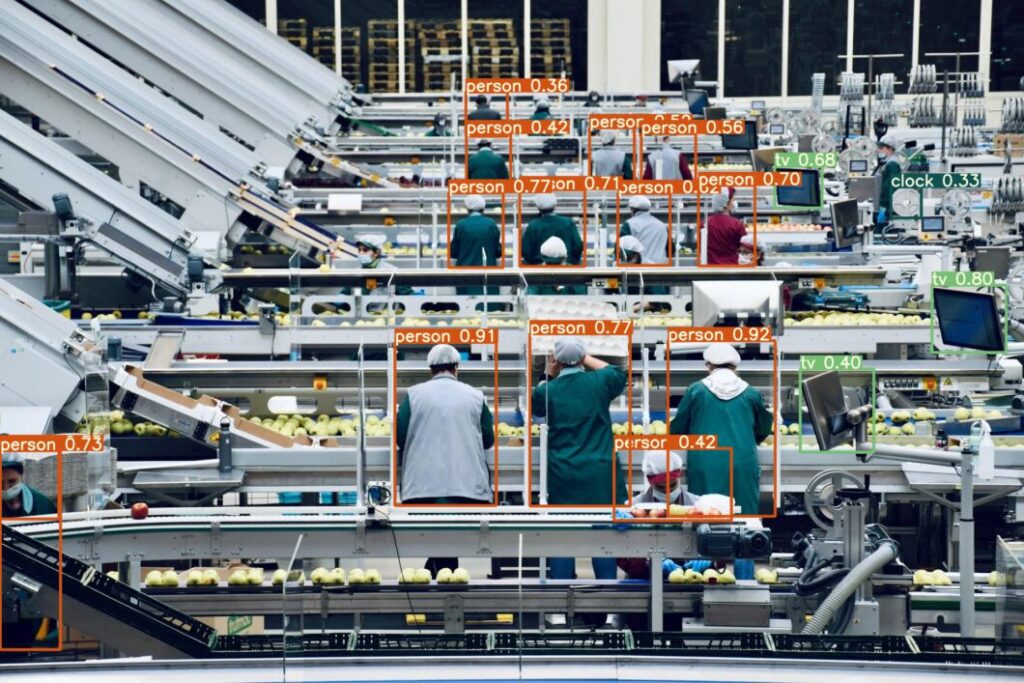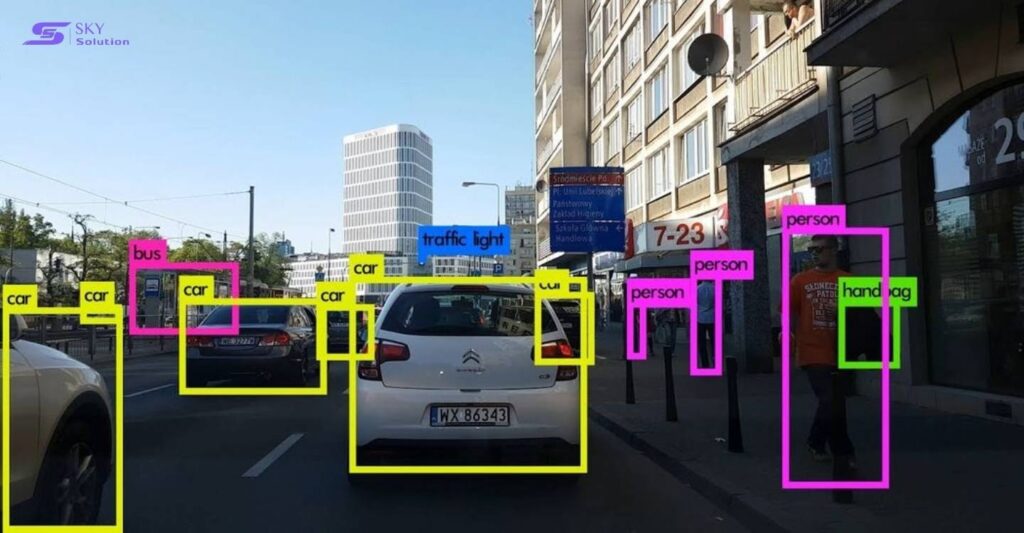Object detection stands at the heart of computer vision, powering innovations from autonomous vehicles to smart manufacturing and healthcare diagnostics. By enabling machines to not only recognize what is in an image but also pinpoint where each object is located, object detection has become a foundational technology for automation, safety, and data-driven decision-making. This comprehensive guide explores what object detection is, how it works, the leading models shaping the field, and practical tips for real-world implementation.
What is Object Detection?
Object detection is a computer vision technique that identifies and locates objects within images or videos. Unlike image classification, which only labels an entire image, object detection draws bounding boxes around each detected object and classifies them individually. This makes it crucial for applications where knowing the position and type of multiple objects is necessary, such as autonomous vehicles or industrial automation.

How Object Detection Works
Object detection has significantly advanced, shifting from manual feature engineering to powerful deep learning techniques. Earlier methods used handcrafted features such as Haar cascades or Histogram of Oriented Gradients (HOG) to identify patterns in images. While useful in simpler settings, these approaches often failed in complex environments with variable lighting, angles, or object appearances.
The introduction of deep learning—particularly Convolutional Neural Networks (CNNs)—transformed the field. CNNs automatically learn relevant features directly from data, removing the need for manual tuning and dramatically improving detection accuracy. Today’s state-of-the-art models can analyze images in real time, reliably identifying multiple objects with high precision, even in cluttered or unpredictable scenes.
This evolution has made object detection more scalable, efficient, and suitable for diverse real-world applications—from autonomous vehicles to healthcare imaging and industrial automation.
Key Object Detection Models
Several models have shaped the field:
- YOLO (You Only Look Once): Known for real-time speed and end-to-end architecture, ideal for applications needing instant detection.
- R-CNN Family: Evolved from R-CNN to Fast R-CNN, Faster R-CNN, and Mask R-CNN, improving speed and adding instance segmentation capabilities.
- SSD (Single Shot MultiBox Detector): Balances speed and accuracy, suitable for mobile and embedded devices.
- DETR (Detection Transformer): Utilizes transformer architecture for better handling of complex scenes and relationships between objects.
Each model has unique strengths, making them suitable for different use cases and hardware environments.
Model Comparison Table
| Model | Speed (FPS) | Accuracy (mAP) | Best Use Case |
| YOLOv7 | 160 | 56.8% | Real-time video analysis |
| Mask R-CNN | 5 | 65.1% | Medical imaging, research |
| SSD | 59 | 43.1% | Mobile applications |
| DETR | 28 | 60.5% | Complex scene analysis |
Practical Applications of Object Detection
Object detection powers innovation across industries:
Manufacturing
In manufacturing, object detection is a key enabler of automated quality assurance and defect detection. AI-driven systems can swiftly identify issues like surface scratches, alignment errors, or missing parts on production lines, helping maintain high product standards. Additionally, this technology supports workplace safety by monitoring access to hazardous areas and detecting risky behavior in real time. These capabilities not only reduce accidents but also improve overall operational efficiency within warehouses and factories.

Autonomous Vehicles & Logistics
In autonomous driving, object detection is essential for recognizing pedestrians, vehicles, traffic signs, and obstacles in real time. This capability is crucial for safe navigation and collision avoidance. In logistics, automated vehicles and robots use object detection to recognize pallets, inventory, and human workers, further enhancing warehouse safety and operational efficiency.
Healthcare
In the healthcare field, object detection enhances diagnostic accuracy and speed by pinpointing tumors, lesions, and other anomalies in medical imaging like X-rays and MRIs. It also assists in tracking surgical instruments during operations and monitoring patient movement to prevent accidents. Additionally, AI identity verification solutions leverage object detection to confirm patient identities, protect sensitive data, and prevent insurance fraud.
Security & Surveillance
Object detection is widely used in security and surveillance for real-time threat detection, monitoring unauthorized access, and identifying suspicious objects or activities. Combined with advanced AI, object detection also contributes to deepfake detection by analyzing visual and audio cues to spot manipulated content, helping to maintain information integrity and prevent fraud.
These cases demonstrate how object detection can be applied across diverse fields to effectively address real-world challenges.
Tips for Implementing an Object Detection System
Effectively implementing an object detection system demands strategic planning and precise execution. Below are essential practices to help maximize performance and reliability:
Prepare Quality Data
Start with a robust dataset that is diverse, well-labeled, and representative of real-world scenarios. Address any class imbalance early on and apply data augmentation techniques—such as rotation, flipping, or color adjustments—to improve the model’s ability to generalize across various conditions.
Choose the Right Model
Select a model architecture that aligns with your specific use case, balancing accuracy with processing speed. Keep in mind your hardware capabilities, especially if deploying on edge devices or within resource-constrained environments.
Optimize for Deployment
Use techniques like model quantization and pruning to reduce size and computational demand without sacrificing too much accuracy. Incorporating transfer learning can also save time by building upon pre-trained models instead of starting from scratch.
Test and Validate Regularly
Evaluate your model continuously using real-world data. Track performance metrics and adjust the system as needed to handle evolving conditions and maintain high reliability.
By following a structured implementation process, you can enhance both the precision and consistency of your object detection system in real-world applications.
Read more: How to Start a Computer Vision Project: A Step-by-Step Guide for 2025
Challenges & Future Trends of Object Detection
Despite ongoing technological advancements, object detection still faces several persistent obstacles, including both general challenges of computer vision and algorithm-specific issues:
- Occlusion & Small Objects: Detecting overlapping or tiny objects remains difficult, as models often struggle with objects that are partially hidden or extremely small in size.
- Data Diversity: Models can underperform when exposed to unfamiliar environments or rare object classes that are not well represented in the training data.
- Explainability: Understanding and interpreting model decisions is essential, especially for critical applications where transparency and trust are required.
To address these challenges, emerging trends such as few-shot learning, 3D object detection, and advances in AI explainability are being actively explored, promising to push the boundaries of what object detection can achieve.
Conclusion
Object detection is at the heart of modern computer vision, driving innovation in diverse industries. By understanding the core concepts, choosing the right model, and following best practices, you can unlock powerful solutions for your business or research.
Stay updated with new trends to maximize the potential of object detection in 2025 and beyond with News Sky Solution.

